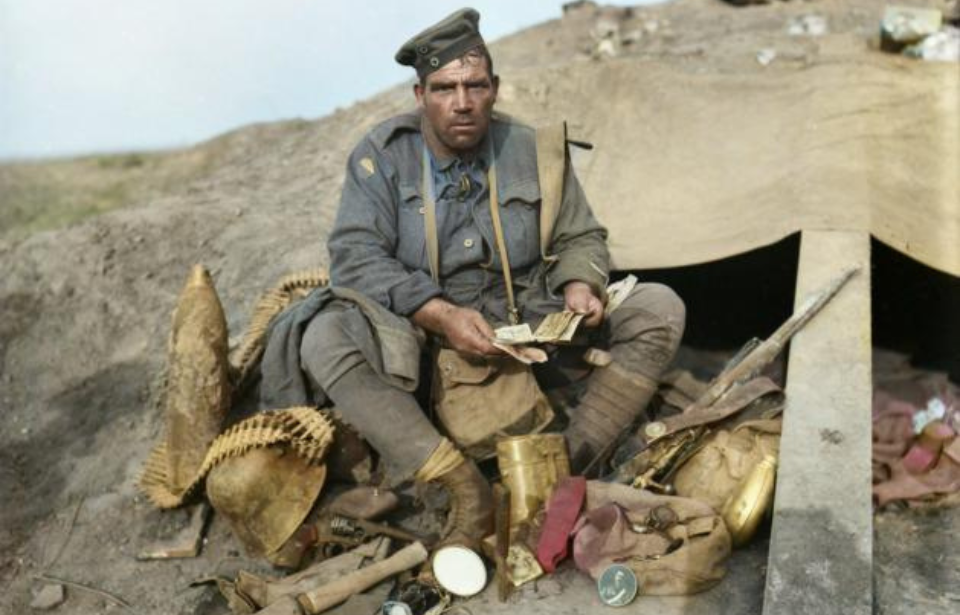There were countless stories of intense bravery to come out of the First World War. However, John “Barney” Hines had a much different approach to how he dealt with the Germans. A soldier with the Australian Imperial Force (AIF), he used his propensity for sticky fingers to steal copious amounts of enemy goods, becoming something of a celebrity in the process.
John Hine’s early life
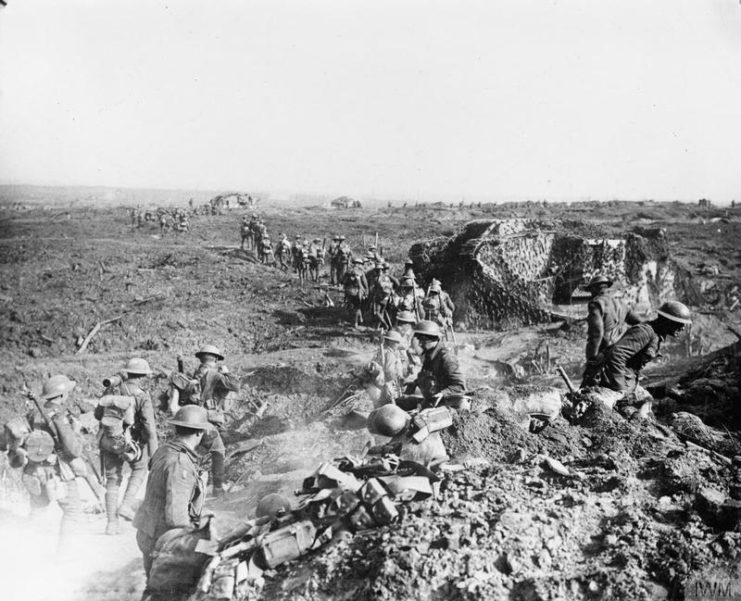
John Hines was born Johannes Heim on October 11, 1878 in Liverpool, England. His parents were German immigrants who’d move to the United Kingdom to find work. Hines married Hannah Maher in 1899, having two children with her. Crew lists from this period indicate he spent a significant amount of time at sea, traveling between Liverpool and North America.
Sometime between 1903-06, Hines left his wife and traveled to New Zealand. Between the time he moved there and his obtaining passage to Australia in 1915, he racked up a number of criminal charges, including vagrancy, threatening behaviour, assault and theft.
John Hines enlists in the Australian Imperial Force (AIF)
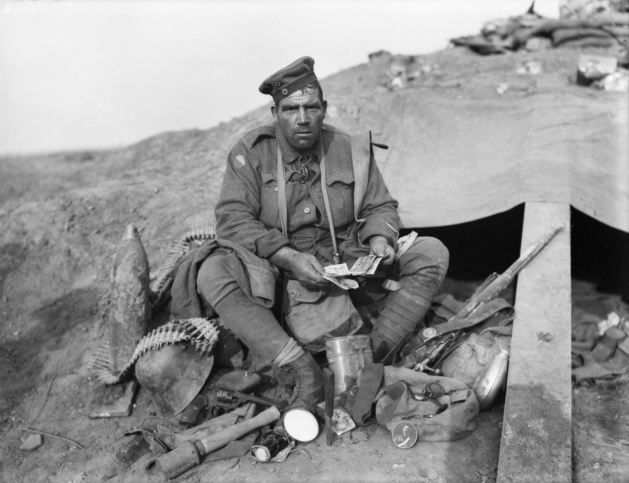
Perhaps to get away from his criminal charges, John Hines traveled to Australia, arriving in Sydney on August 18, 1915. He tried enlisting in the Australian Imperial Force soon after, initially lying about his age and claiming to be 28 years old. However, he was deemed medically unfit for service and subsequently discharged.
Hines successfully re-enlisted in the AIF in May 1916, as the medical requirements had been loosened. He was assigned to the 45th Battalion, which departed for Europe on August 22, 1916. They didn’t see the Western Front until March 1917.
‘Souvenir King’
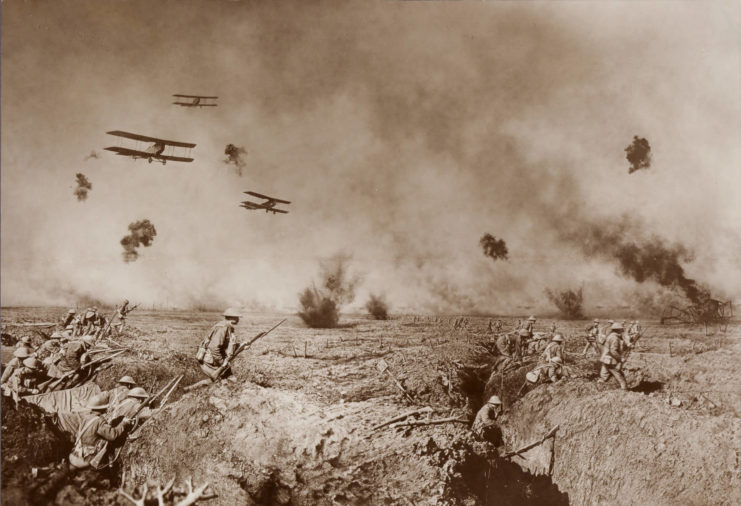
While serving, John Hines gained a reputation as both a devoted and troublesome soldier. When in battle, he was considered extremely effective. His commander, Arthur Samuel Allen, described him as “a tower of strength to the 45th Battalion… While he was in the line.” Off the line, he was described by another as being “two pains in the neck,” as he frequently went missing without leave, forged entries in his pay book and had charges laid against him for drunkenness.
By all accounts, Hines existed as reckless, yet gallant; aggressive, yet kind. This behavior earned him the nickname, “Wild Eyes.” The same man who took 63 German prisoners of war (POWs) by jumping into their pillbox was the one who always ensured the dead were buried at the end of combat. He was the one who carried two bags of Mills bombs into combat, while also taking the time to gently escort wounded soldiers back to safety.
Hines also earned quite a reputation for pillaging items whenever possible. This is where his second nickname, the “Souvenir King,” arose. As well as smaller items, it’s also reported that he stole a piano and grandfather clock, both of which he brought into the trenches. The clock didn’t last long, however, as its chime brought on a hail of shells from the Germans.
Battle of Polygon Wood
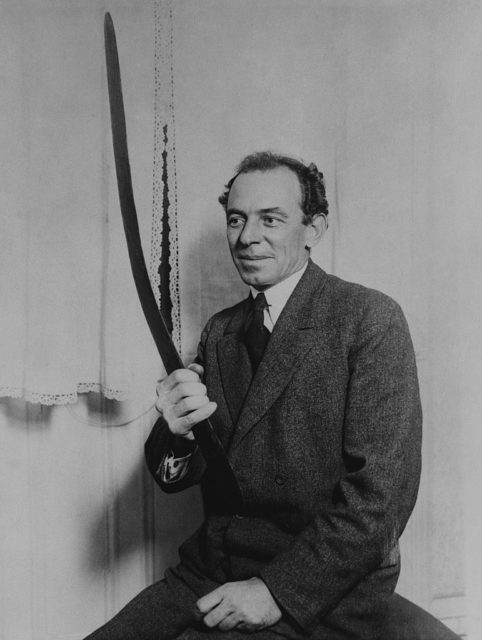
John Hines was injured during the Battle of Messines in June 1917, but was soon back on the frontlines for the Battle of Polygon Wood, where he truly earned his fame. It was an Australian component of the Third Battle of Ypres, which saw them advance with artillery toward the German lines.
Following the battle, war photographer Frank Hurley took a photo of Hines sitting with the loot he’d procured. He was wearing a German cap, one of his finds, but found much more: 4,000 francs, whiskey, various pieces of jewelry, one million marks, watches and enough “Iron Crosses to fill a sandbag.”
This image was published in numerous newspapers and became one of the most famous Australian photos of the First World War. It was released under the name, “The Wild Eye Souvenir King.” It was also allegedly published in Germany, enraging the Kaiser so much that he put a bounty of 100,000 marks on Hines’ head, an exorbitant amount at the time.
John Hines returns home
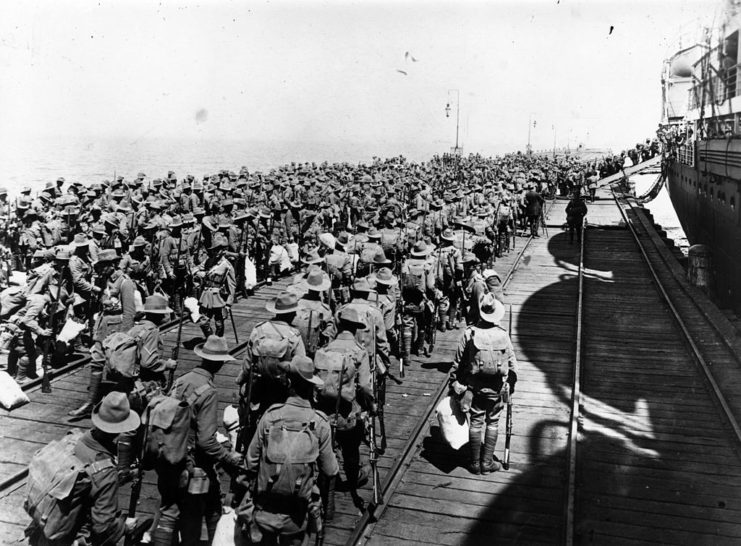
It was during the spring of 1918, when John Hines was fighting in the Battles of Dernancourt, that the soldier fell victim to a gas attack. He was sent for medical treatment at the rear of the front, but the facility was attacked by German aircraft. Hines suffered further injuries when a piece of shrapnel got lodged in his heel, but that didn’t stop him from putting together a makeshift crutch and helping staff move patients to safety.
Hines never recovered enough to return to service and was discharged. Some sources indicate his discharge was due to injury, while others state the official reason was hemorrhoids. Nonetheless, he returned to Australia in 1919, having been credited with killing more Germans during the war than any other Australian soldier.
John Hines’ life following World War I
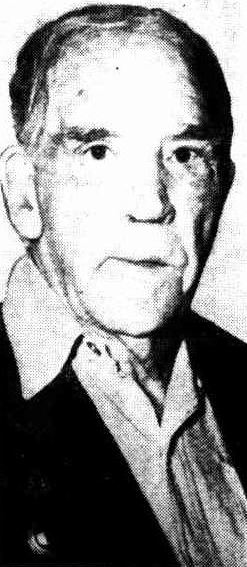
Despite the fame his souvenir-ing brought him and the admiration he received, John Hines lived in poverty upon his return to Australia. He resided in a tent-style dwelling with a small garden surrounded by a fence, from which captured German helmets hung. Much of his income came from selling the souvenirs he found.
Hines was known for taking vegetables from his garden to the local veterans’ hospital every week, despite having so little himself. Public interest in him was renewed at various points throughout the years when the famous photo of him was displayed at the Australian War Memorial.
More from us: A Faux Paris Was Built to Fool German Bombers During World War I
Hines never really stopped waiting for another war to come. When the Second World War began, he attempted to enlist, but was rejected, likely due to his age. Some reports state he even tried to smuggle himself to the front on a troop ship, but was found and removed before it left port.
John Hines died on January 28, 1958 at Concord Repatriation Hospital. He was 79 years old.
